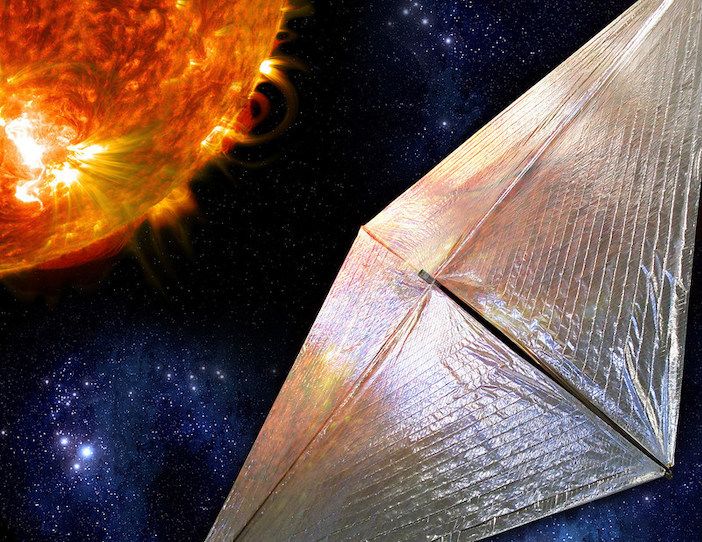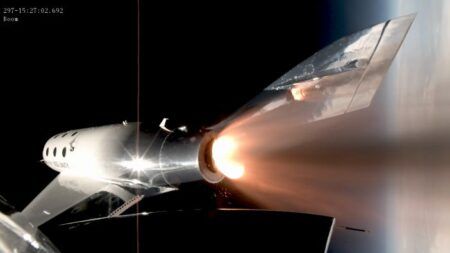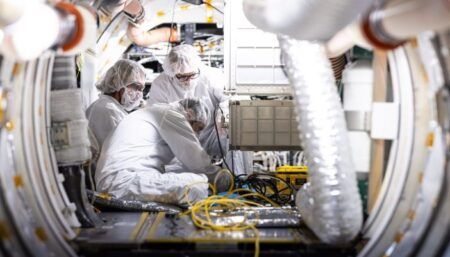Ball Aerospace is to provide testing and development services to NASA for its Solar Cruiser small satellite technology demonstrator on the use of solar photons for propulsion in space.
Colorado, USA-based Ball is to perform several mission-critical functions, including the integration and test of the satellite bus with the solar sail system that will form the completed Sailcraft.
Dr Makenzie Lystrup, vice president and general manager, Civil Space at Ball Aerospace said, “Solar Cruiser will be an important step in the advancement of solar propulsion technology that could enable future missions studying the Sun, space weather and deep space.
“It builds on our legacy as a long-time mission partner to NASA and the scientific community, at large, in the development of leading-edge science and technology to achieve science at any scale.”
The Solar Cruiser is one of four missions that make up NASA’s Interstellar Mapping and Acceleration Probe (IMAP), which is scheduled to launch in 2025. Once in orbit, the spacecraft will deploy an 18,000-square-foot sail – to catch solar radiation to propel the vehicle.
The mission is being led by NASA’s Marshall Space Flight Center in Huntsville, Alabama.
Ball Aerospace will be responsible for procuring a Venus-class microsat commercial bus, defining all necessary mission-specific modifications, and performing the integration and test of the completed Sailcraft.
In addition to Solar Cruiser, Ball Aerospace will play roles on two of the other three missions launching on NASA’s IMAP, including the Global Lyman-alpha Imagers of the Dynamic Exosphere (GLIDE) and the National Oceanic and Atmospheric Administration’s (NOAA) Space Weather Follow On (SWFO).





